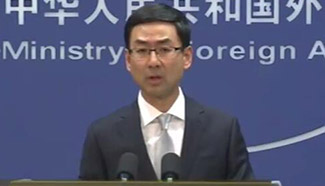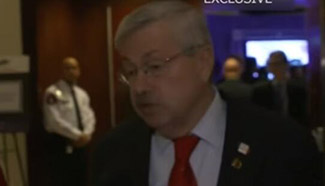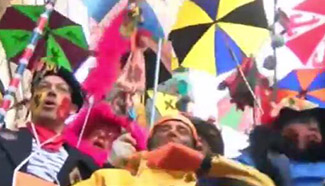SAN FRANCISCO, Feb. 27 (Xinhua) -- A new study calls for synchronous recovery of species by reducing human pressure on exploited predators and prey at the same time is the best way to help their populations recover.
The new approach, reported Monday in Nature Ecology and Evolution, seems to produce a recovery that is more rapid and more direct - faster than predator-first recovery and less prone to volatile population fluctuations than prey-first recovery.
Historically, about half the attempts at species restoration have amounted to a sequential, one-species-at-a-time tactic, usually the prey species first, then the predator.
Even in the more holistic ecosystem-based rebuilding of food webs, namely the interconnected chains of who eats whom, noted assistant professor Mark Novak of the Oregon State University (OSU) College of Science, the dominant strategy has been to release pressure at the bottom, letting prey populations return to the point where they ought to sustain the top predators more readily.
Because of overharvest, declines of multiple animal populations, including at least one species that consumes other harvested species, characterize many ecosystems, Novak said. Examples of paired population collapses wholly or partially attributable to trophy hunting, industrial fisheries or the fur trade are lions and wildebeest; Steller sea lions and Pacific herring; and mink and muskrat.
The synchronous approach is better for the humans who earn a living harvesting the two species. "You might think the loss of income associated with reducing harvest on both species at the same time would be greater than reducing harvest on one species after another, but our work suggests that synchronous recovery is ultimately better for recovering the ecosystem, and better from an economic perspective as well," Novak was quoted as saying in a news release from OSU.












